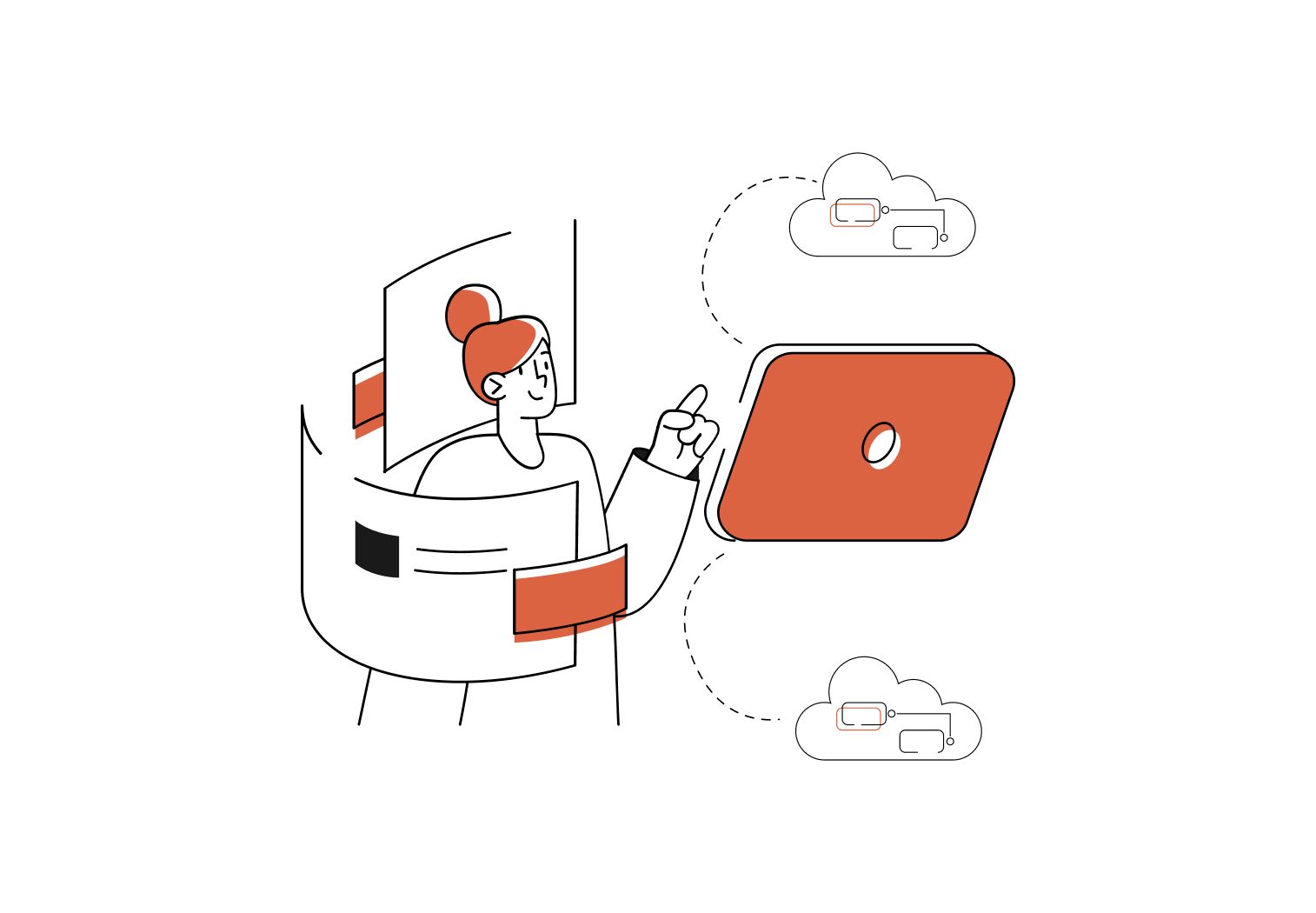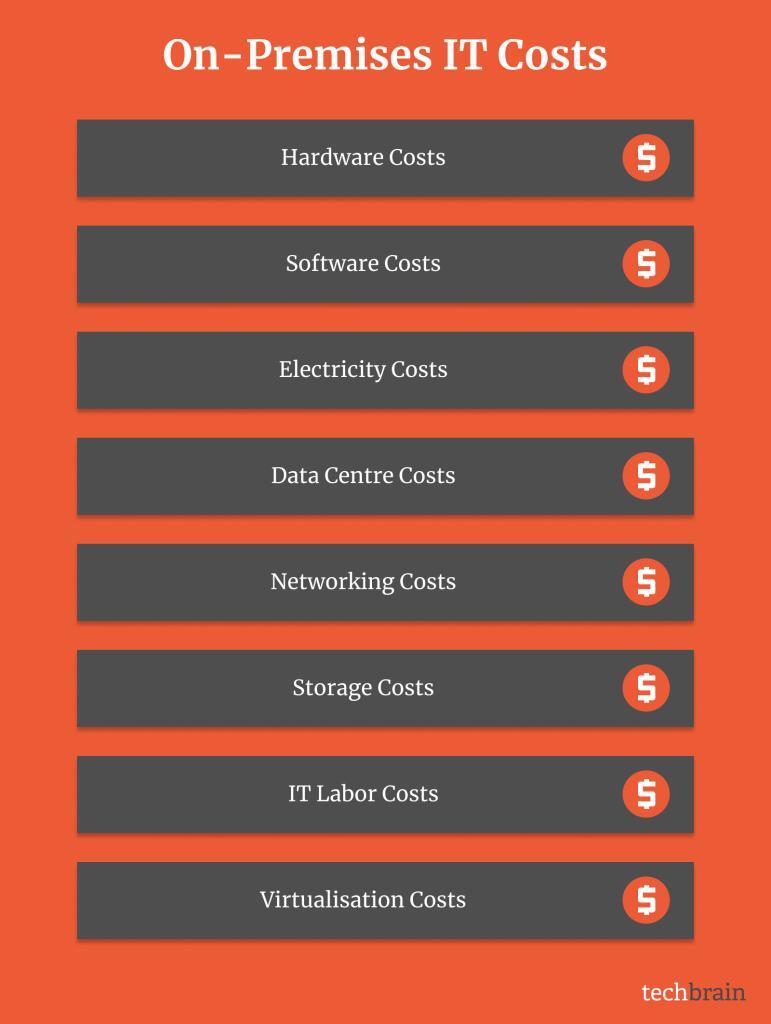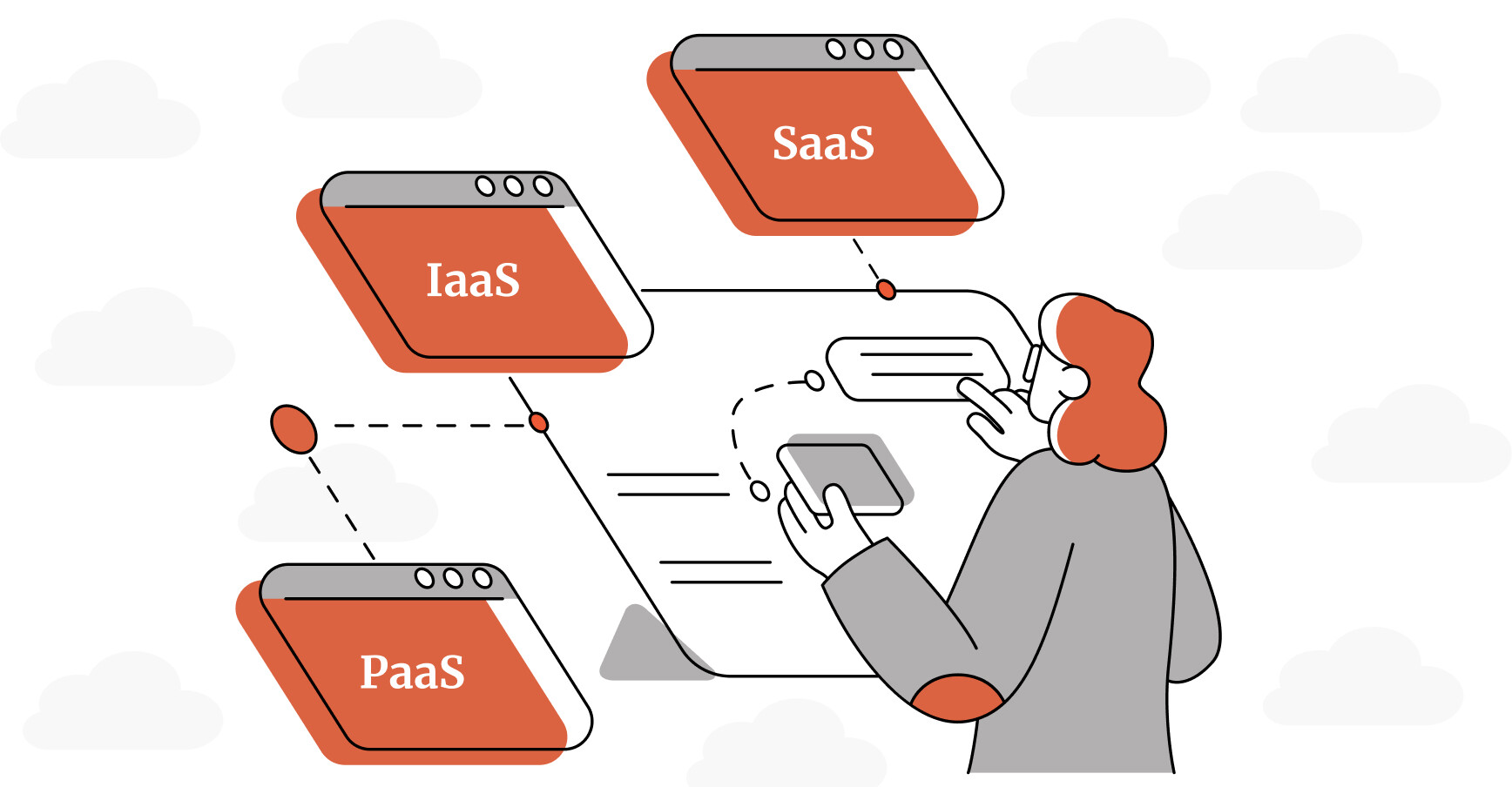In this article
Virtualisation: The Silent Hero of Modern IT Infrastructure
Virtualisation has become an indispensable component in the modern IT landscape, serving as a vital tool for implementing a host of IT operations improvements. At its core, virtualisation involves a software layer for creating virtual instances of physical components such as servers, storage devices, network resources and even entire desktop environments. This abstraction layer allows multiple virtual entities to coexist on a single physical hardware platform, thereby maximising resource utilisation.
The implications of server virtualisation are profound. For instance, it can drastically reduce the number of physical servers a company needs, leading to lower hardware costs, reduced energy consumption, and simplified management. Similarly, network virtualisation can create isolated and secure channels over a single physical network, enhancing both security and functionality. In essence, virtualisation transforms how IT resources are deployed and managed, making it possible to do more with less.
But virtualisation is more than just an IT efficiency tool; it’s a strategic asset that can transform your entire business model. By enabling you to do more with less—less hardware, less energy and less management overhead—virtualisation frees up resources that can be redirected towards innovation, growth and other strategic initiatives.
In short, if you’re looking to make your operations leaner, more agile and more secure, server virtualisation isn’t just an option; it’s a must in your business strategy.
Data Virtualisation vs Data Consolidation
In your quest to craft a cost-effective IT strategy, data virtualisation and data consolidation must both be considered.
Data virtualisation offers real-time access to data from multiple sources, enhancing agility and enabling quick decision-making. Data consolidation, meanwhile, centralises disparate data for easier management, improved data quality and simplified backups. Together, they form a comprehensive approach to data management that contributes to both operational efficiency and cost savings.
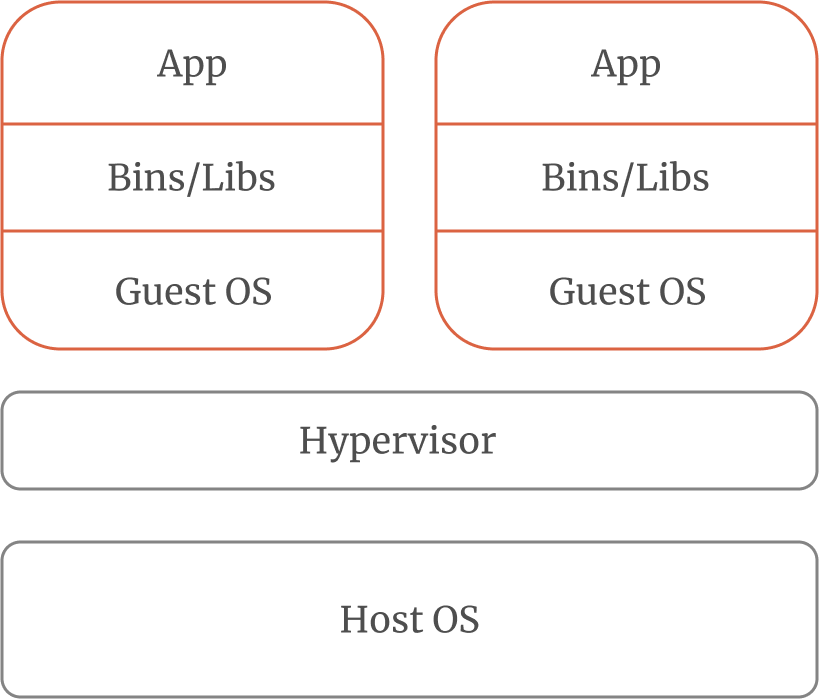
How Data Virtualisation Works: Main Architecture Layers
In this section, we’ll explore these key layers of data virtualisation that businesses can undertake, each designed to enhance specific aspects of your IT infrastructure.
Virtual Desktop Infrastructure (VDI) – Centralised Desktop Management
VDI centralises desktop environments on a server or server cluster, reducing administrative overhead and enhancing security. It allows for easier implementation of security protocols and data access management. Cost savings are also notable, as less powerful terminals can access resource-intensive virtualised desktops.
Network Virtualisation – Enhancing Connectivity & Security
Network virtualisation creates independent virtual networks over a physical network, offering granular control over resources and improved security. It allows for the isolation of computing power across different network segments, leading to better resource utilisation and cost reduction.
Application Virtualisation – Streamlining Software Deployment
Application virtualisation separates applications from their operating systems, centralising software management. This eliminates compatibility issues and simplifies software updates, while also allowing for dynamic resource allocation per virtual server, reducing the need for dedicated hardware.
Storage Virtualisation – Optimising Data Storage Solutions
Storage virtualisation pools physical storage from multiple devices into a single, centralised system. This simplifies data management tasks like backup and recovery, enhances scalability, and allows for automated data tiering, improving performance and reducing costs.
The Business Case for Virtualisation
Virtualisation stands as a pivotal element in shaping cost-effective IT strategies. By optimising hardware use and simplifying management processes, it significantly slashes both capital expenditures (CapEx) and operational expenditures (OpEx). This makes virtualisation an invaluable strategic pathway for maximising the return on investment on your IT infrastructure.
Cost Efficiency
Virtualisation minimises capital expenditure by allowing multiple virtual systems to run on a single physical server, thus reducing the need for additional hardware. It also lowers operational costs by cutting down on maintenance requirements, energy savings, and physical space for hardware.
Enhanced Performance and Scalability
Virtualisation enhances business operations by optimising hardware resources for faster data processing and quicker response times. This is particularly beneficial for businesses that require real-time analytics or rapid customer service. Additionally, the technology’s inherent scalability allows for the seamless addition or removal of resources based on current business needs, without requiring significant downtime or system reconfiguration.
Disaster Recovery and Business Continuity
Virtualisation simplifies backup and recovery processes by consolidating data in a centralised location, which facilitates automated backup solutions and quicker recovery times. In the event of system failures or disasters, virtualisation ensures quick system recovery with minimal downtime, safeguarding critical business operations.
Information Security
Virtualisation isn’t just about cost savings and efficiency; it’s also a powerful tool for enhancing your organisation’s security posture. By isolating different workloads and network segments, server virtualisation provides an additional layer of security that can help protect against unauthorised access and data breaches. This isolation is particularly useful for businesses that handle sensitive data or are subject to strict compliance regulations.
Who Can Data Virtualisation Help?
Small and Medium Enterprises (SMEs)
By minimising the need for physical hardware and centralising data management, operational efficiencies are achievable, making business processes leaner and more cost-effective.
Large Corporations
Real-time access to data from multiple sources enhances data management and analytics capabilities, facilitating better business decision-making.
Healthcare Sector
Data virtualisation offers a pathway to more secure and efficient data handling. Centralised data management is a key IT strategy healthcare service can implement to meet the compliance requirements of Australian healthcare regulations, while also enhancing the efficiency of services, from patient care to administrative tasks.
Educational Institutions
Centralising data and applications simplifies resource management, allowing a focus on educational outcomes rather than IT maintenance.
Government Agencies
For government agencies, data virtualisation can improve service delivery through data integration and more efficient data management. By centralising data, agencies can more easily meet compliance requirements, improve transparency and deliver services more efficiently to the public.
Retail Industry
Real-time access to customer data from multiple sources enables insights that drive personalised marketing strategies and improve customer engagement.
Manufacturing Sector
Centralised data management allows for real-time monitoring of production processes, helping to identify inefficiencies and optimise operations.
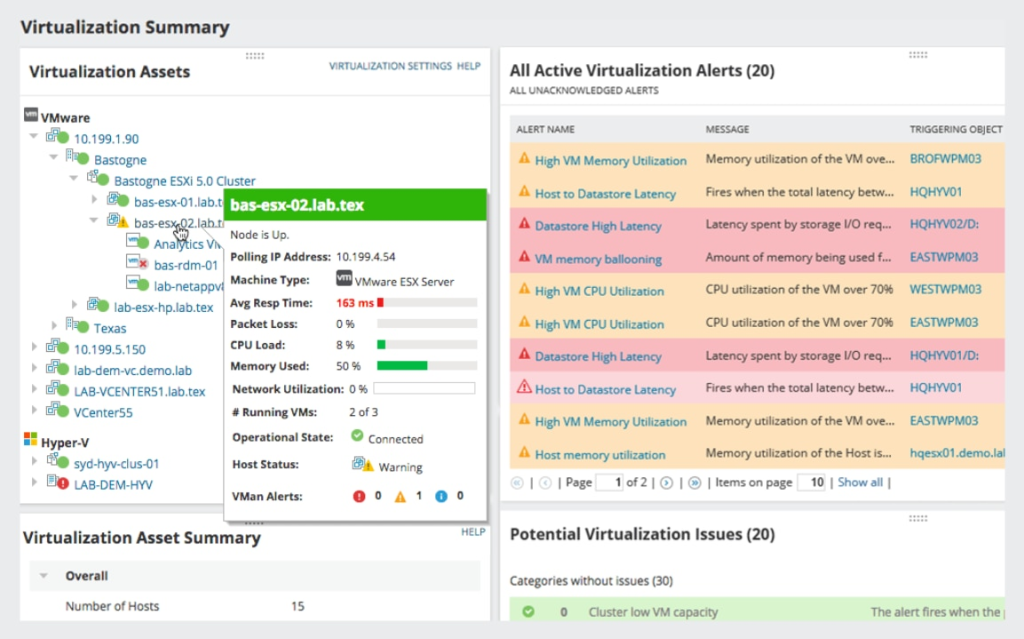
How to Get Started with IT Virtualisation
Understanding Your Needs
The first step in adopting IT virtualisation is to identify the specific requirements of your business. This involves assessing your legacy IT infrastructure, understanding your data management needs and defining the objectives you aim to achieve through virtualisation.
Implementation Plan
Once you’ve identified your needs, create a step-by-step plan for successful deployment. This should include selecting the right virtualisation technologies, determining hardware and software requirements and outlining the migration process for existing data and applications.
Training and Development
Having a team that’s well-equipped to manage a virtual environment is crucial. This involves training your existing IT staff on the new technologies and possibly bringing in experts who specialise in virtualisation. The goal is to have a team that can not only deploy but also manage and optimise the virtual infrastructure.
Monitoring and Maintenance
Finally, setting up systems for ongoing management and optimisation is key to ensuring the long-term success of your virtualisation strategy. This includes implementing performance monitoring tools to keep an eye on performance metrics and setting up maintenance protocols to ensure everything runs smoothly.
Why Settle For Less? Maximise ROI With Virtualisation
Virtualisation is more than just a buzzword; it’s a real game-changer for businesses of all shapes and sizes. Think about it: less hardware, quicker response times and a safety net for your data. It’s like the Swiss army knife of IT solutions every business should have equipped for the modern business environment.
So whether you’re running a medium-sized business or heading up the IT department in a big corporation, virtualisation can make your life a whole lot easier. Start by figuring out what your business really needs, put together a game plan, get your team up to speed and keep an eye on things as you go along or bring in the experts to make that transition seamless.
But don’t miss out on the opportunity to maximise your ROI and position your business for sustainable growth. Make the change and integrate virtualisation into your IT strategy today.
